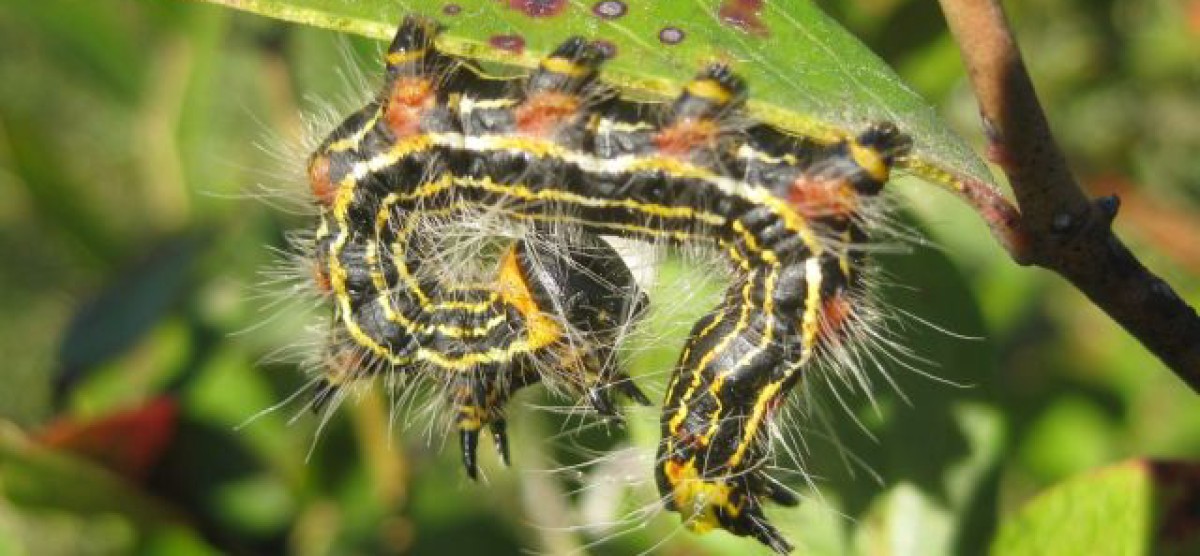I never studied biology and as I pursue my “new track “in growing and interacting with nature I am at a disadvantage.
I recently completed the excellent “Introduction to Sustainability” MOOC provided by www.coursera.org entirely free, and learned a lot. I enjoyed the experience and have now decided to study biology. There is a coursera course starting summer next year “Introduction to Biology: DNA to Organisms” and the notes suggest acquiring “Biology” by Campbell Reece. I was able to purchase the 2007 edition for less than $10 (including shipping) and am happily working my way through it. I also discovered an excellent website: http://www.dnaftb.org/1/animation.html titled “DNA from the Beginning” which is an animated primer on modern genetics, so as winter closes in, I have much to work on.
A few days ago I was plucking pea pods from the pea plants and I wondered how the peas would be pollinated now it was getting cold and my bees stay indoors when the temperature is less than 50 degrees. Since it was getting cold I headed indoors and began working through the website primer on genetics and, by pure serendipity, the first topic was on the Father of Genetics, Gregor Mendel, who in 1865 began his experiments on pea plants, which when left alone self fertilize. This answered my question on pollination.
Mendel focused on individual traits of pea plants (phenotypes) and by cross fertilizing them and careful analysis he concluded that each alternative form of a trait is specified by alternative forms of a gene (allele) and a pair of alleles is called a genotype. It was Mendel who identified dominant and recessive alleles and how the first generation (F1) will have the dominant trait but the second generation can begin to show the recessive trait. Which is why seeds from F1 hybrids will not produce true to the hybrid.
While working my way through the animated primer I read about Crick and Watson who discovered the DNA double helix and the book “The Double Helix” by Watson was referenced as a good read. I just finished reading it and it is excellent. Watson was an American student at the Cavendish Laboratory of Cambridge University and his insousiance and self-deprecating dialogue makes it an exciting romp with lots of humorous asides as he and Crick competed to beat Linus Pauling to solve the DNA configuration. At one point, when Crick and Watson were stumped “the problem was then put aside for a rapid scanning of a novel on the sexual misjudgments of Cambridge dons.” Or when visiting an aristocratic home “Sol Spiegelman and I went straight for a butler carrying smoked salmon and champagne, and after a few minutes sensed the value of a cultivated aristocracy.” When Watson excitedly informed Crick he had found the answer and was rebuffed, he notes: “Reporting that even a former birdwatcher could now solve DNA was not the way to greet a friend bearing a slight hangover.” There were four principal researchers and three of them got the Nobel prize but the fourth, Rosalind Franklin, died before the award and the prize is not awarded post-humously. There has been controversy about whether her contributions were fully recognized and I was pleased to read the unqualified tribute made by Watson in the Epilogue. A good read.
